|
At the Mille Miglia North American Tribute the driver of this Ferrari 250 made quite an entrance. When he got to the red carpet he decided to slam on the brakes, which caused everyone standing on it to fall exactly at the same time. Maybe next time he won’t come in so hot!
tags: breed of speed , ferrari red carpet , nathan finneman , sirdrifto , ferrari takes out
The biggest hole in Mercedes-Benz’s product lineup is likely something that can get to 124 mph in under six seconds, makes over 1000 horsepower from a 1.6-liter V6 with four electric motors, and tops out at about 217 mph. Oh, and it should look like a really, really pissed-off fish. That hole is now filled, thanks to the Mercedes-AMG Project One.
According to what was heard at the presentation, the car will cost 2.275 million Euros, which comes to $2,723,288.75, assuming they don’t round up. It looks like 275 will be built for the U.S. market, and production startes at the end of 2019.
Mercedes is heavily playing up the Formula 1 roots of the car. From their press release: “The Mercedes-AMG Project ONE is the first Formula 1 car with MOT approval. Our highly efficient hybrid assembly stems from motor racing and the electrically powered front axle generates a fascinating mixture of performance and efficiency. With a system output of over 1,000 hp and a top speed beyond 217 mph (350 km/h) this hypercar handles exactly as it looks: it takes your breath away,” Ola Källenius says, Member of the Daimler AG Board of Management responsible for Group Research and Mercedes-Benz Cars Development. The 1.6-liter V6 hybrid gasoline motor with direct injection and electrically assisted single turbocharging comes right from the Mercedes-AMG Petronas Formula 1 racing car. It’s got pneumatic valve springs and can reach an insane 11,000 RPM.
The interior is notable for the wide-format LCD displays used for instrumentation, and how they’re refreshingly free of LCD recreations of physical, analog gauges. The steering wheel is an F1-style rectangular wheel full of control buttons, and the seats are a novel siamesed design, with one structure draping over the central tunnel to form two buckets.
Also, unlike an F1 car, there seems to be a phone caddy in the middle.
tags: breed of speed , mercedes project one , 1000hp mercedes , mercedes supercar
A 71-year-old driver and his 76-year-old passenger are dead after a 2016 Dodge Challenger Hellcat they were in ran off a runway and careened over a ravine at the Central Colorado Regional Airport on Sunday. Authorities said the two, who had been given permission to drive on the runway, weren’t breaking any laws.
The dead were identified as Lynd Fitzgerald, the driver, and Roger Lichtenberger, his passenger, according to The Denver Post. There were skid marks near the end of the runway, suggesting the car tried to stop; investigators think the Hellcat was traveling over 100 mph. The car ended up hundreds of feet beyond where the runway ended. From The Denver Post: [The Hellcat] kept moving off the runway for another 314 feet, sheriff’s investigators found. Then it went through the air over a ravine before hitting the ground. The car bounced back into the air again, flipped end over end over a second ravine, and landed on its wheels, the investigators determined. Chaffee County Sheriff’s deputies, Buena Vista police and Colorado State Patrol troopers raced to the scene. They found the wrecked car 650 feet beyond the south end of the runway. They tried to give the men first aid. Both were pronounced dead at the scene. The airport’s about two hours southwest of Denver, and has an 8,300-foot runway, according to its website. This couple has spent 15 years living happily in a 87 year old vintage car and travelling the world.9/10/2017
In 2000, Herman and Candelaria Zapp set out on a 16-month trip from their home in Argentina to backpack around Alaska. But that trip has turned into a round-the-world saga spanning 15 years that would leave the most hardened vagabond green with envy. The couple left their comfortable life in Buenos Aires behind, and became adventurers extraordinaire. And their mode of transportation has been as unconventional as their lifestyle is enviable—a 1928 Graham-Paige Model 610. The 87-year-old vintage car, with a top speed of 35 miles per hour, looks like it came straight out of a 1930s Hollywood gangster movie, and it doubles as a home for Herman, Candelaria, and their four children.
And now, 4 children, 5 continents, 50 countries, and quarter of a million miles – the distance to the Moon – later, the Zapp family are still exploring. As well as visiting Alaska, the continental United States, and all over their native South America, they have been to Canada, Japan, the Philippines, Australia, New Zealand, South Korea, Malaysia, Tibet, India, Ethiopia, Egypt, and South Africa. They’ve rafted down the Amazon, navigated their way across the Serengeti and meandered through the backroads of South Asia all the way to the snow-covered base of Mount Everest. They’ve broken bread with the Aborigines of Australia, evaded bandits and camped under the stars, and done it all without ever having a schedule or a timetable.
tags: travel , beautiful , family , breed of sppeed
The P-38 Lightning by Lockheed might be one of the most impressive aircrafts in the world of aviation. With its unconventional twin tail, it was commonly used during the Pacific War. The twin Allison engines with 1,600 horsepower make the P-38 the perfect warbird for long distances due to its ability to fly higher and faster than other fighters built around the same time. Between 1941 and 1945 more than 10,000 aircraft were produced. Today, the P-38 is a very rare model and appears to be priceless. It comes as no surprise that no efforts and costs were spared to save and restore those treasures.
tags: breed of speed , nathan finneman , p38 , lockheed p-38 lightning , aviation , airplane , redbull , colorado
The city of Hollywood thought it was doing residents a good deed by opening its public parking garages for free as a public service to help people in low-lying areas prone to flooding.
It did not go over well when drivers showed up Friday at the garage at Polk Street and 19th Avenue in the city’s downtown and found the garage filled with cars with price tags and no license plates. Apparently a sneaky car dealer filled the garage with more than 40 of the cars from his lot. “The lot was designated for residents as a last resort for those who live on the beach and other areas subject to a storm surge — not for a local car dealer, said Hollywood spokeswoman Raelin Storey. She said it is against the law to use public property for private gain, and all the vehicles have been ticketed. But as of Saturday morning, the city had not yet discovered the culprit responsible. “We are investigating it, but we have had other priorities. We are taking it seriously,’’ she said. As many of the cars as possible will be booted, she said, but the city has only so many boots available. The city has three public garages, but they were all full by midday Friday. The city’s closest shelter, at Beachside Montessori Village, was also full, city officials said.
Sheer horsepower and some serious speed out of this car, well done Bugatti, this car is a beast. This video shows a Chiron go from standing stop to 249mph in less than 33 seconds. Which frankly is insane.
tags: breed of speed , bugatti chiron , nathan finneman , bugatti , top speed super car , supercar, chiron top speed
Over the past whole year, there's been a lot of excitement about the electromagnetic propulsion drive, also known as EM Drive - a logically impossible engine that's challenged almost everyone's prospects by continuing to stand up to experimental study. The EM drive is so thrilling because it yields enormous amounts of propulsion that could hypothetically blast us to Mars in only 70 days, without the need for dense and costly rocket fuel. Instead, it's actually propelled forward by microwaves bouncing back and forth inside a sealed off chamber, and this is what makes the EM drive so powerful, and at the same time so debatable.
WHAT’S AN EMDRIVE?First proposed nearly 20 years ago by British scientist Roger Shawyer, this incarnation of the EmDrive has been developed and tested by engineers at NASA’s Advanced Propulsion Physics Research Laboratory, informally known as Eagleworks.
Put simply, the Eagleworks EmDrive generates thrust by bouncing around electromagnetic energy (in this case, microwave photons) in a closed, cone-shaped chamber. As those photons collide with the chamber’s walls, they somehow propel the device forward, despite the fact that nothing is released from the chamber. By contrast, ion drives now in use on some NASA spacecraft create thrust by ionizing a propellant, often xenon gas, and shooting out beams of charged atoms. What this means, if the EmDrive withstands further scrutiny, is that future vehicles could hurtle through space without needing to carry literal tons of propellant. In space travel, staying light is crucial for fast and cost-effective trips over long distances. WHY DOES THIS ENGINE BREAK THE LAWS OF PHYSICS?Way back in 1687, Sir Isaac Newton published three laws of motion that formed the foundation for classical mechanics. Over the intervening three centuries, those laws have been tested and verified over and over again. (Also see “Isaac Newton’s Lost Alchemy Recipe Rediscovered.”) The trouble is, the EmDrive violates Newton’s third law, which states that for every action, there is an equal and opposing reaction. This principle explains, for instance, why a canoe glides forward when someone paddles. The force applied as the paddle moves through the water propels the canoe in the opposite direction. It’s also why jet engines generate thrust: As the engine expels hot gases backward, the plane moves forward. Weirdly, the EmDrive doesn’t expel anything at all, and that doesn’t make sense in light of Newton’s third law or another tenet of classical mechanics, the conservation of momentum. If the EmDrive moves forward without expelling anything out the back, then there’s no opposing force to explain the thrust. It’s a bit like arguing that a person inside a car could propel it forward by repeatedly hitting the steering wheel, or that the crew of a spaceship could fly the craft to their destination simply by pushing on the walls. HAS ANYONE TRIED TO TEST IT BEFORE? In 2014, the Eagleworks group made waves when it announced the results of early tests suggesting the EM engine actually worked. Since then, the group has tested the EmDrive in increasingly more stringent conditions, including the latest experiments. Other groups have also developed and tested various incarnations of the EmDrive. In addition to experiments conducted by U.S., European, and Chinese academics, there’s a community of DIY EmDrivers who are busy making and testing their own impossible physics engines. But no one has been able to say conclusively that such a drive has worked as described. (Let’s be real: Physicists don’t like seemingly miraculous inventions.) SO WHAT’S DIFFERENT NOW?Now, the NASA team behind the EmDrive has published the results of their experiments in a peer-reviewed journal. While peer review doesn’t guarantee that a finding or observation is valid, it does indicate that at least a few independent scientists looked over the experimental setup, results, and interpretation and found it all to be reasonable. In this paper, the team describes how they tested the EmDrive in a near vacuum, similar to what it would encounter in space. Scientists placed the engine on a device called a torsion pendulum, fired it up, and determined how much thrust it generated based on how much it moved. Turns out, the EmDrive is capable of producing 1.2 millinewtons per kilowatt of energy, according to the authors’ estimates. That’s not a lot of thrust compared to more traditional engines, but it’s far from insignificant considering the completely fuel-free setup. And to put that in perspective, light sails and other related technologies—which are propelled by the push of photons—only generate a fraction of that thrust, between 3.33 and 6.67 micronewtons per kilowatt. Before now, one of the major criticisms about the EmDrive is that it warmed up while activated, which some scientists suggested could heat the surrounding air and generate thrust. Testing the device in a vacuum resolved some of that criticism, though there are still loads of caveats that need addressing. OK. HOW IS THAT POSSIBLE?First things first: It’s still unclear that the EmDrive truly generates thrust, a claim that will require further verification. But people are already tossing around ideas for how the drive might work. The Eagleworks team that tested the EmDrive thinks the microwave photons push against “quantum vacuum virtual plasma,” or a roiling sea of particles that flit in and out of existence at the quantum level. The trouble is, there’s no evidence that quantum vacuum virtual plasma is even a real thing, says Caltech physicist Sean Carroll. Quantum vacuums exist, he says, but they don’t generate a plasma that’s available for pushing against. In their paper, the Eagleworks team invokes an idea called pilot-wave theory to describe how the quantum vacuum could be used to generate thrust, while noting that such interpretations are “not the dominant view of physics today.” Mike McCulloch, a physicist at the University of Plymouth, argues that the EmDrive is evidence of a new theory of inertia that involves something called Unruh radiation, a sort of heat experienced by accelerating objects. In his telling, since the wide and narrow ends of the EmDrive’s cone permit different wavelengths of Unruh radiation, the inertia of the photons inside the cavity must change as they bounce back and forth—which must produce thrust in order to conserve momentum. But McCulloch’s model assumes that Unruh radiation is real—it hasn’t been experimentally confirmed—and also suggests that the speed of light varies within the EmDrive’s cavity, which violates Einstein’s theory of special relativity, according to Rochester Institute of Technology physicist Brian Koberlein. It’s also possible that some of the energy generated as a body accelerates is being stored within the body itself, to put it very, very simply—there are also gravitational interactions and transient inertial mass fluctuations involved. This could explain how the craft moves through space without violating the conservation of momentum, says physicist Jim Woodward, who proposed what’s called the Mach effect theory in 1990. This is definitely a step in the right direction for future space travel, especially at the required hyper speeds.
Supermoto or Supermotard is a motorcycle race on a track that alternates between three kinds of racecourses: the hard packed dirt of flat track, the irregular ...
tags: breed of speed , supermoto , super moto racing , moto aslphalt , nathan finneman
A California woman caught a mechanic taking her beloved limited edition Indy 500 Pace Car Edition Camaro for a joy ride last week, and recorded her confrontation with the driver in a video that has since generated thousands of reactions on Facebook.
"I took my car to the dealership so you could change the oil and change the air conditioner. Why are you driving my car to get food?" Mari Agredano-Quirino can be heard saying to the driver in the video after she stopped him at a fast food drive-through in her car, which she had taken to a dealership earlier in the day for maintenance. "You're telling me that you're test-driving the car? No! Why are you test-driving my car? You're getting food at Tommy's," Agredano-Quirino said. "You're not supposed to be getting food," she adds. "What are you doing?" Chris Teague, the owner of the Montebello Chevrolet Dealership, where Agredano-Quirino had taken her car, posted a public apology on Facebook on Monday. "This is something we absolutely do not condone. It's completely against our company policy and we are conducting a thorough investigation on the technician to make sure that this does not happen again ... The technician made a huge mistake. And my apologies on his behalf and on behalf of the dealership," Teague said. Teague added that the incident was "absolutely embarrassing" and that "the technician will be reprimanded to the fullest extent after our investigation is completed." Teague also said that he called the customer and personally apologized. |
///Categories
All
Archives
January 2024
|
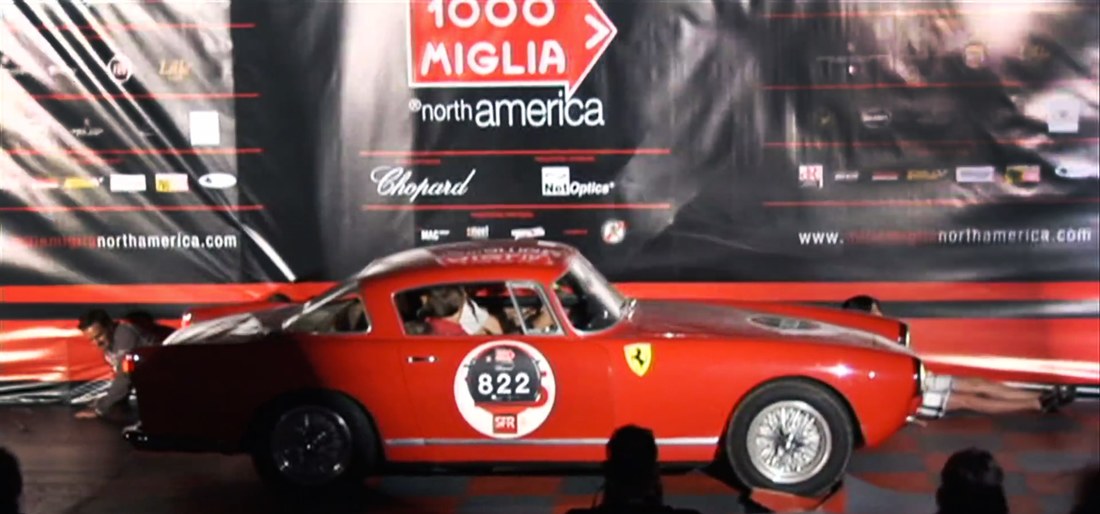
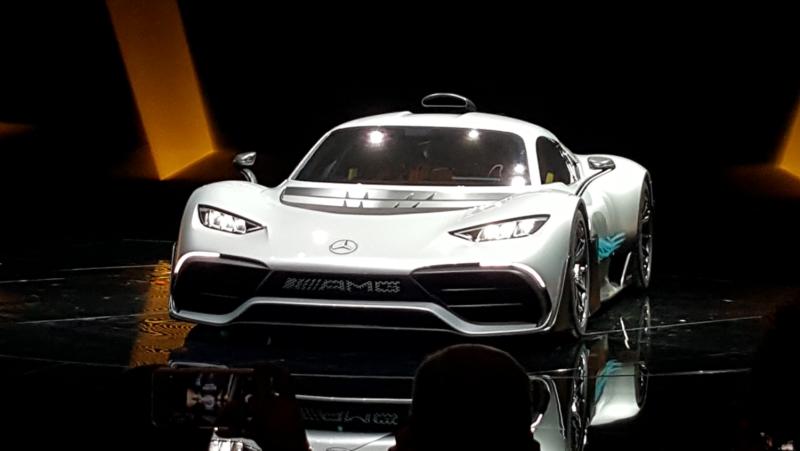
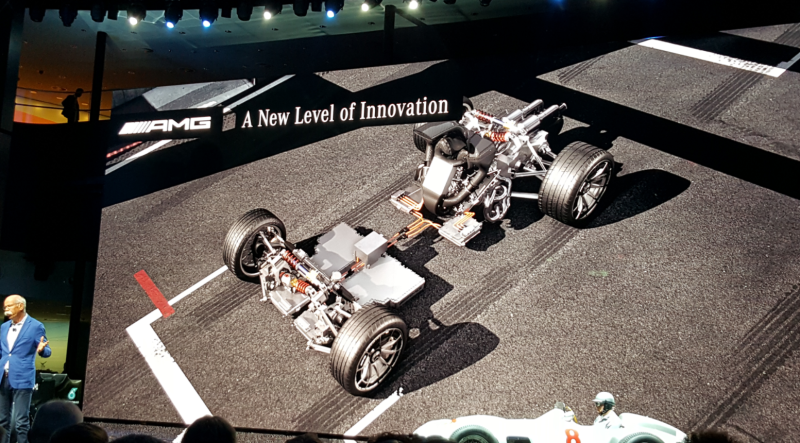
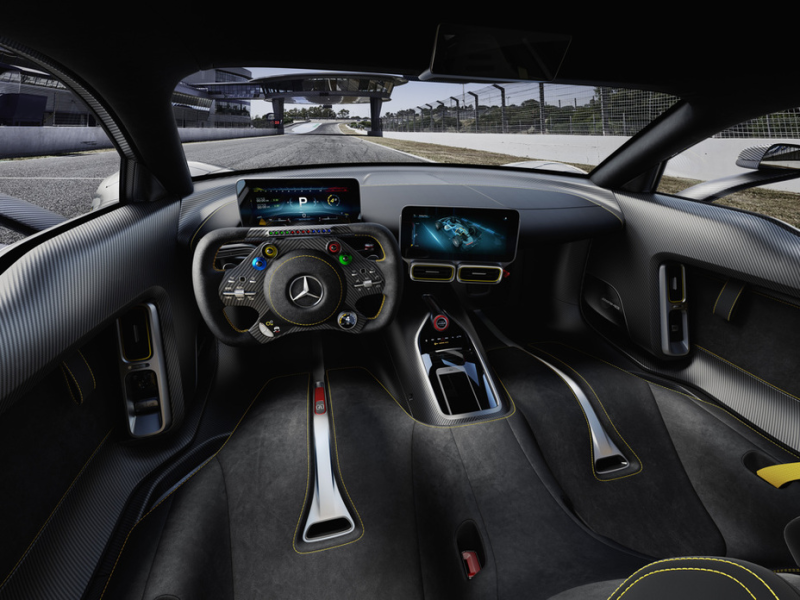
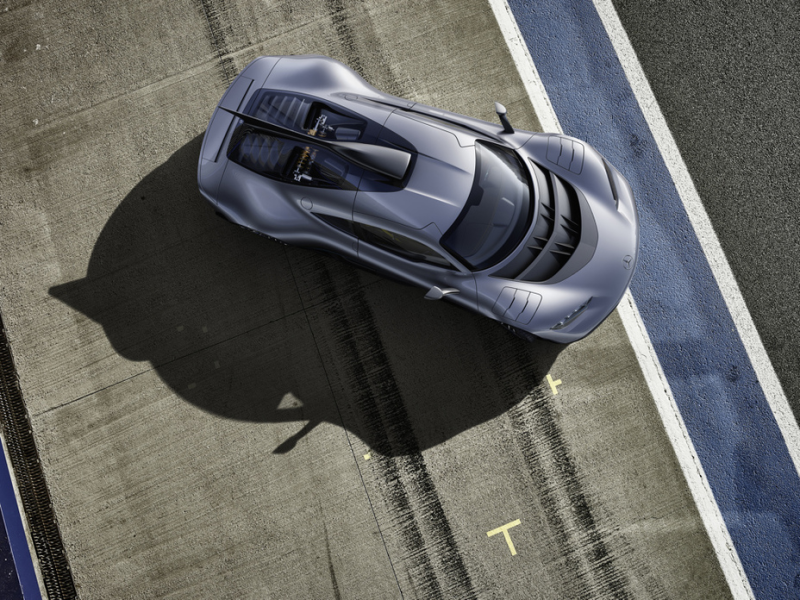
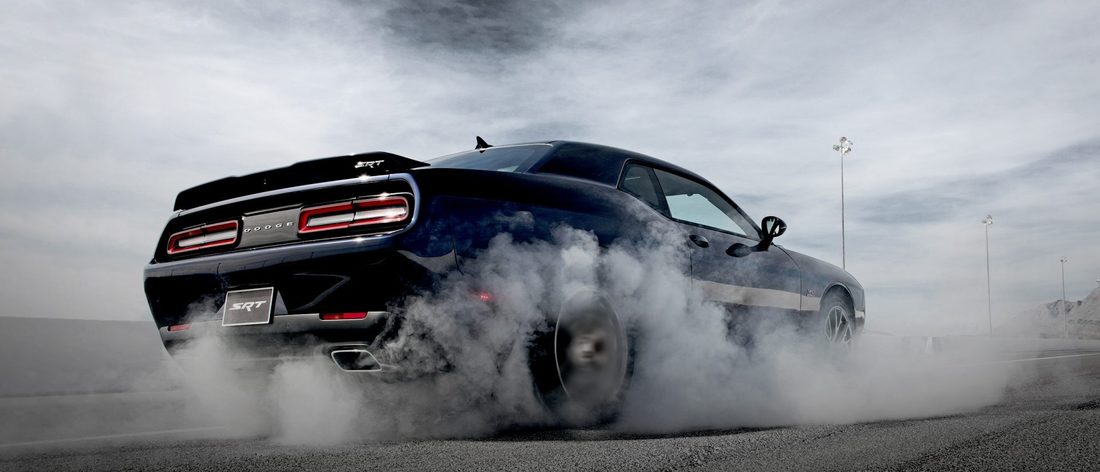





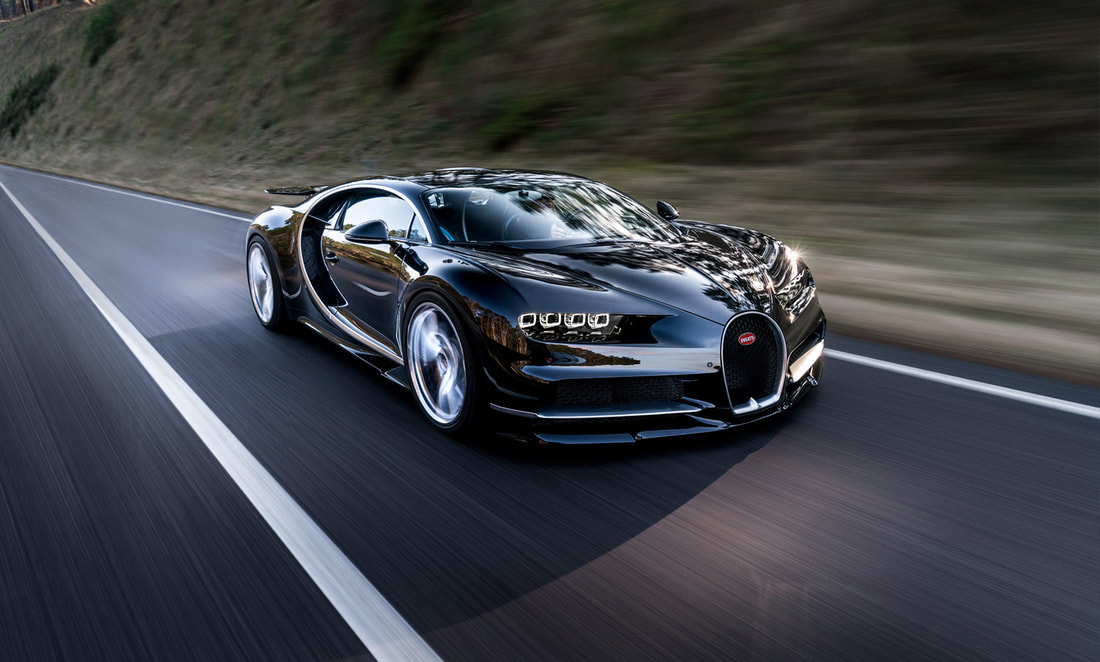
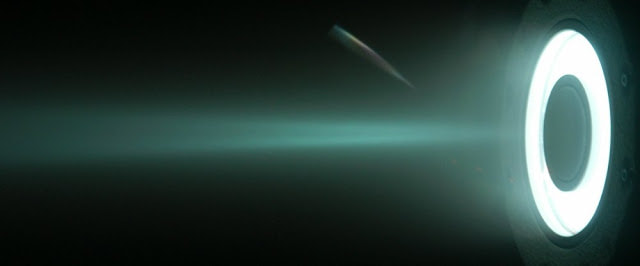



 RSS Feed
RSS Feed